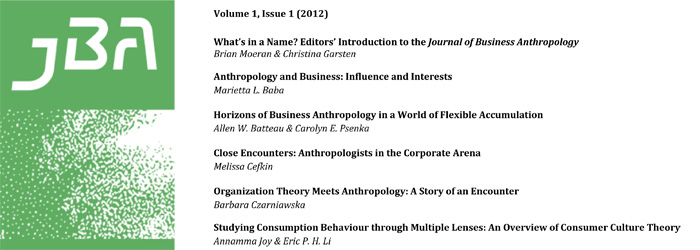Studying Consumption Behaviour through Multiple Lenses: An Overview of Consumer Culture Theory
DOI:
https://doi.org/10.22439/jba.v1i1.3550Abstract
Since Miller’s (1995) ground-breaking directive to the anthropology community to research consumption within the context of production, CCT has come of age, offering distinctive insights into the complexities of consumer behaviour. CCT positions itself at the nexus of disciplines as varied as anthropology, sociology, media studies, critical studies, and feminist studies; overlapping foci bring theoretical innovation to studies of human behaviours in the marketplace. In this paper, we provide asynthesis of CCT research since its inception, along with more recent publications. We follow the four thematic domains of research as devised by Arnould and Thompson (2005): consumer identity projects, marketplace cultures, the socio-historic patterning of consumption, and mass-mediated marketplace ideologies and consumers’ interpretive strategies. Additionally, we investigate new directions for future connections between CCT research and anthropology.Downloads
Published
2012-05-16
Issue
Section
Articles
License
Authors who publish with this journal agree to the following terms:
- Authors retain copyright and grant the journal right of first publication with the work simultaneously licensed under a Creative Commons Attribution License that allows others to share the work with an acknowledgement of the work's authorship and initial publication in this journal.
- Authors are able to enter into separate, additional contractual arrangements for the non-exclusive distribution of the journal's published version of the work (e.g., post it to an institutional repository or publish it in a book), with an acknowledgement of its initial publication in this journal.
- Authors are permitted and encouraged to post their work online (e.g., in institutional repositories or on their website) prior to and during the submission process, as it can lead to productive exchanges, as well as earlier and greater citation of published work (See The Effect of Open Access).



